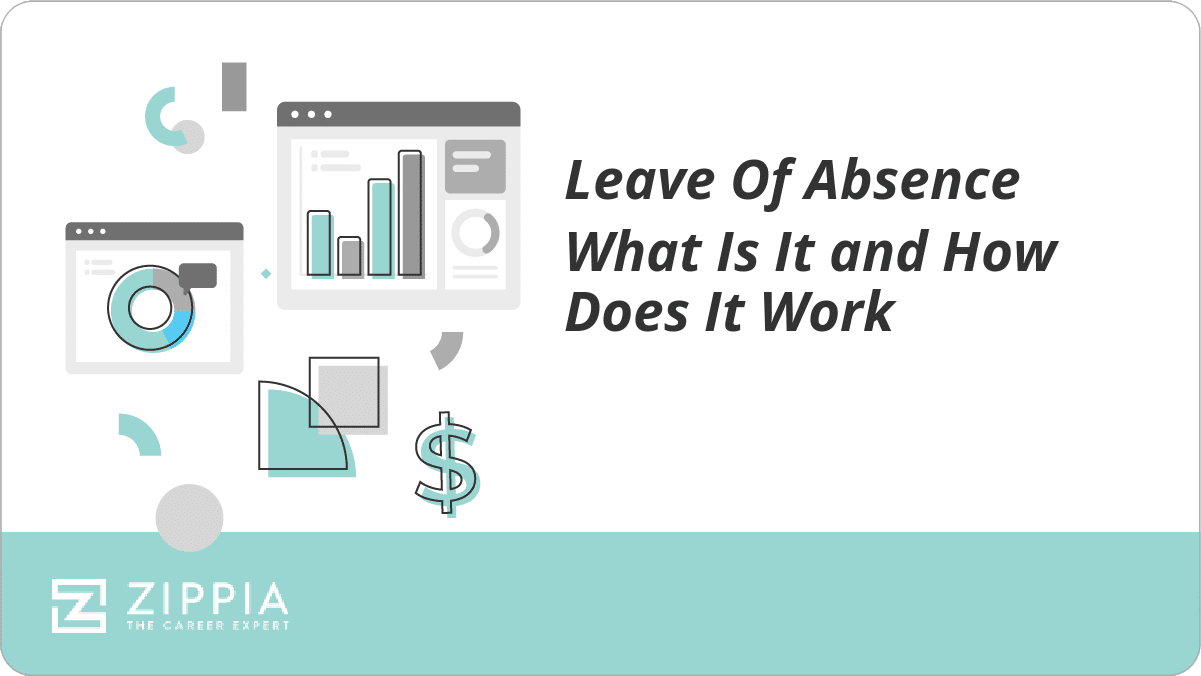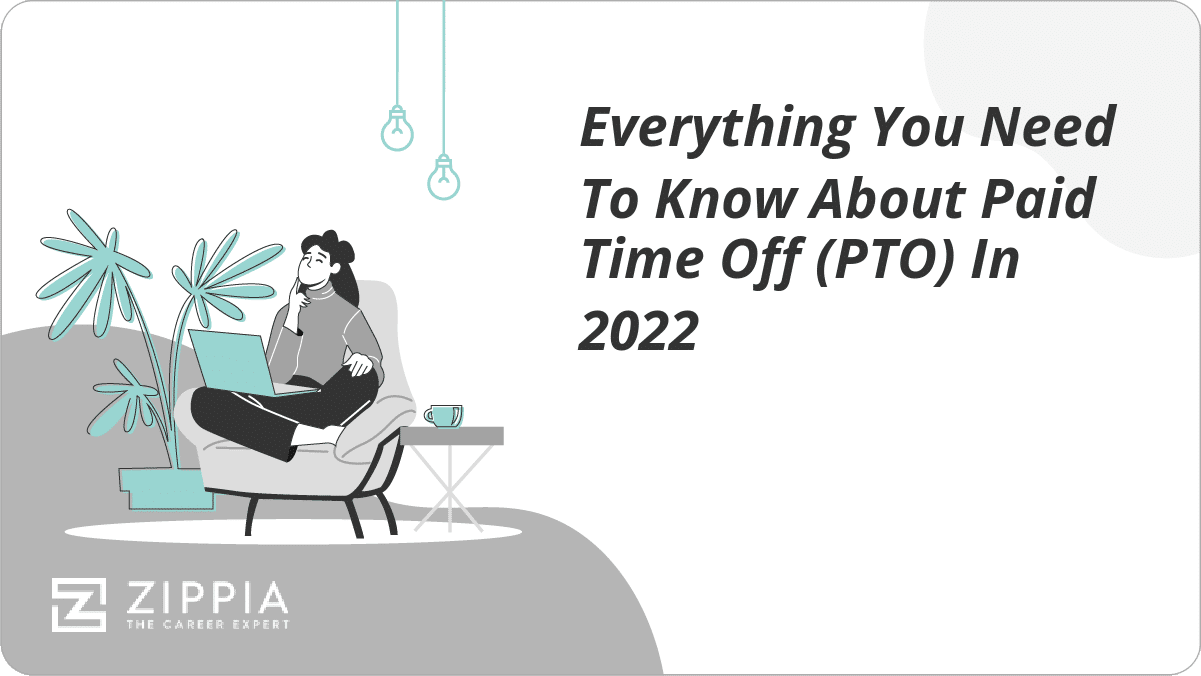- Determine Your Worth
- Average Salaries In The US
- What Is A Salary Range?
- What Is A Base Salary?
- What Is A Pay Grade?
- Average Salary Out Of College
- Your Salary History
- Competitive Pay
- Salary Vs. Hourly Pay
- What Is A Job Classification?
- How Many Hours Can A Teen Work?
- Average Work Hours Per Week
- What Is Annual Income
- Gross Salary
- How Many Hours Is Full Time
- How Many Work Hours In A Year
- Minimum Wage For Workers Who Receive Tips
- New York State Minimum Wage Rates
- Get A Raise
- Benefits
- Paid Time Off Policy (PTO)
- Leave of Absence Policy
- What Are Floating Holidays?
- What Are Employer-Paid Holidays?
- How Does Holiday Pay Work
- How Does A Stipend Work
- Cash a Paycheck Without a Bank Account
- What Is Compensatory Time?
- What's Unlimited Vacation?
- What Is A Commission?
- What Is A Mileage Deduction?
- Semimonthly Vs Biweekly Pay Schedules
- Flexible Spending Account
- Stock Options At Job
- Benefits Package
- Overtime Pay
- Workers Comp
- What Is Fmla
- Hazard Pay
- Tuition Reimbursement
- Discretionary Vs. Non-Discretionary Bonus
- What Are Union Benefits
- What Is An HRA Account
- What Is Cobra Insurance
- Negotiation
- What Exactly Is a Job Offer?
- How To Negotiate Salary
- Exempt Employee
- How To Answer Salary Requirements
- Employment History
- What Are Your Salary?
- Salary Counter Offer
- How To Answer Salary Expectations
- How Many Hours Is Part Time
- Signing Bonus
- Cost Of Living Adjustment
- How To Ask For A Salary Advance
- What Is Fair Labor Standards Act
Find a Job You Really Want In
- What is a Leave of Absence, and How Does It Work?
- What do you tell employees who use too much sick time?
- How does an employee qualify for FMLA?
- Do my employees get to keep their health benefits?
- How do I create a leave of absence request form for my business?
- Leave of Absence FAQ
- Final Thoughts
- Sign Up For More Advice and Jobs
There could be a number of reasons for needing to take a leave of absence, but know it can benefit you in the long run.
Before you begin to pack up your things and prepare your departure, you will need to take the time and strategize your game plan. Prior to speaking with your supervisor, verify your company’s policies on an extended leave from work. How much time you will need, what your legal rights are, and for how long you are permitted to leave.
Here we will help you learn everything you will need to know about the concept behind a leave of absence and how it works from both an employee and employer’s perspective.
Key Takeaways:
-
Taking a leave of absence could because of falling ill, caring for your family, losing a loved one, the need to further your education, or feeling burnt out and overworked.
-
A temporary leave of absence can allow you to resolve your situation without the added concern of losing your position.
-
The amount of time someone might need varies depending on their circumstances, be it health-related, familial, or personal.

What is a Leave of Absence, and How Does It Work?
A leave of absence is when an employee requires time away from work without losing their current position. The amount of time someone might need varies depending on their circumstances, be it health-related, familial, or personal.
-
This prolonged absence can be either a paid or unpaid leave and entirely under the employer’s discretion, with a few exceptions, depending on whether the requested leave of absence was voluntary or mandatory. By law, companies are required to pay any mandatory leaves of absence.
-
A medical leave would fall under this category and is protected by both state and federal law. This includes but is not limited to someone who needs to be with their family, such as maternity and paternity leave, who has disabilities or is on military leave. These people are protected under the Americans with Disabilities Act (ADA), the Family and Medical Leave Act (FMLA), and the Uniformed Services Employment and Reemployment Relief Act (USERRA).
-
Another thing to note is that there are many different types of leaves of absences. One of them is known as a sabbatical, and another is known as a furlough.
-
Usually used by the educational system, a sabbatical allows a staff member to take some time out of their busy schedule to take the time that they would need to wind down. The amount of time given for a sabbatical will usually depend on how long you have been with the institution. Commonly their leave can range anywhere between six months to a year. This gives the employees ample time to recharge their batteries and get their affairs in order. Many organizations that offer a sabbatical also agree to pay their employee’s salaries for the length of their absence.
As an employer, you know that there are times when business is not doing as well as you had hope. This calls for drastic measures within the company. To avoid employees losing their positions, an employer may put them on unpaid leave. Furlough happens when a company is not making as much money as they would hope to pay every employee. When this happens, an employer might reduce the number of hours an employee will work or tell them not to report to the office for several weeks.
What do you tell employees who use too much sick time?
As an employer, you should show your workers that you care for them by offering them a benefits package. Among these benefits, present them with a sick leave policy. Most companies provide a minimum of ten days each year. Not offering sick leave is a considerable risk to the company; it encourages people who are not well to come into the office at others’ risk.
-
It is only natural for a person to become sick now and then. However, when employees frequently miss work, how can you tell who is abusing their sick leave?
The first thing you need to be aware of is whether this person is protected under the ADA or the FMLA. The last thing you want as an employer is to face a lawsuit for unfairly dismissing an employee. The Fair Work Act of 2009 protects any worker from being dismissed due to illness. -
Before confronting an employee, try monitoring how often and they call in sick. If they seem to be leaving work before time and often do not come on Mondays or Fridays. If you notice a pattern forming over time, make a note of it on your records, you will need to refer to these notes should you choose to comfort them.
-
Do not shy away from speaking to your employee about this issue. You do not want to let the situation get out of hand. If you notice someone on your team is continually missing work due to illness, try approaching them and ask them if this might be a severe health problem. If this is the case, offer your support. It is essential for your employee to know that you are there for them. Remind them of their employee sick leave policy and encourage them to use this properly.
How does an employee qualify for FMLA?
The Family and Medical Leave Act (FMLA) allows an employee to take unpaid leave and tend to their family members should they fall ill. According to the U.S Department of Labor, there are specific requirements for an employee to be covered by this Act.
-
You must have worked for your current employer for at least twelve months.
-
Be in a location where there are at least 50 employees within a 75-mile radius of the office.
-
You must have worked for at least 1,250 hours for your current employer.
Your employer might ask you to provide formal documentation of your illness from your health care provider. For more information, be sure to confirm with your company’s policies to see whether or not you qualify.
Do my employees get to keep their health benefits?
If, for any reason, you are at a point where you must place some employees under a mandatory leave such as furlough, you might be wondering whether or not this would mean that they would lose their benefit along with their work hours.
You might be surprised to know that this is entirely at your discretion.
Legally you are not required to provide your employees with benefits such as health insurance, retirement plans, and paid vacations, holidays, or sick leave, nor are you required to provide your employees with health insurance during their PTO.
How do I create a leave of absence request form for my business?
Before creating any documentation, consult your company’s legal team. Please go over the leave of absence policy during this meeting and determine your employees’ criteria for their leave to be approved. For example, many companies require their workers to give advance notice of thirty days before their departure.
When creating a form, consider that not all circumstances are the same and that some might require additional paperwork such as FMLA or ADA.
This form should include the employee’s contact information, what department they work for, who is their immediate supervisor, how long they plan on being gone, and the reason for their absence, be it personal or medical.
This form should then be evaluated by both their supervisor and by Human Resources.
Leave of Absence FAQ
-
Can employees take off for psychological reasons such as stress or depression?
The short answer is yes. Keep in mind that if an employee approaches you requesting a leave of absences due to anxiety, stress, or depression, he or she might be protected under the FMLA. Remember to ask them to provide you with adequate documentation of their illness form a qualified health care professional.
-
What are common ways employees might try to abuse a leave policy?
With every policy out in place, some will try to take advantage and abuse what they have been given. Though it might be a small percent of employees, there are some who think it is alright to cheat the system. Many of them will call in sick even if that is not the case. Here are a list three of possible ways your employees might be abusing of their leave policy:
-
Taking longer weekends.
-
Taking PTO to attend another job.
-
Extend their medical leave once they are feeling better.
-
-
When can employees take leave for personal reasons?
Employees might need to take time for personal reasons should you need the time longer than PTO would allow; these can be requested at any given time. Some of the reasons might be, getting married, losing a loved one, a special occasion, and travel, among other reasons.
You must understand these personal circumstances are considered voluntary leave and will most likely be unpaid. Remember that an employee is under no legal obligation to disclose the reason for their absences.
Choosing to do so might benefit both parties in the long run. Keep in mind that the approval for this time is entirely under your discretion, as their employer. Giving them this time can help the employee clear their mind and recharge. This can help increase their overall performance at the company and elevate company morale.
Jury duty, deployment, or voting are considered a mandatory leave of absences. Mandatory leaves are protected under the law. Your employer may need to pay you for your time away.
Final Thoughts
Both employees and employers must understand the nature of a leave of absence policy. This is something that can benefit both parties and increase productivity and workflow. If you are looking for a job, before signing anything, review what your benefits might be.
As an employer, make sure that you carefully sort out all of the details you want to include in your company’s Leave Policy.
- Determine Your Worth
- Average Salaries In The US
- What Is A Salary Range?
- What Is A Base Salary?
- What Is A Pay Grade?
- Average Salary Out Of College
- Your Salary History
- Competitive Pay
- Salary Vs. Hourly Pay
- What Is A Job Classification?
- How Many Hours Can A Teen Work?
- Average Work Hours Per Week
- What Is Annual Income
- Gross Salary
- How Many Hours Is Full Time
- How Many Work Hours In A Year
- Minimum Wage For Workers Who Receive Tips
- New York State Minimum Wage Rates
- Get A Raise
- Benefits
- Paid Time Off Policy (PTO)
- Leave of Absence Policy
- What Are Floating Holidays?
- What Are Employer-Paid Holidays?
- How Does Holiday Pay Work
- How Does A Stipend Work
- Cash a Paycheck Without a Bank Account
- What Is Compensatory Time?
- What's Unlimited Vacation?
- What Is A Commission?
- What Is A Mileage Deduction?
- Semimonthly Vs Biweekly Pay Schedules
- Flexible Spending Account
- Stock Options At Job
- Benefits Package
- Overtime Pay
- Workers Comp
- What Is Fmla
- Hazard Pay
- Tuition Reimbursement
- Discretionary Vs. Non-Discretionary Bonus
- What Are Union Benefits
- What Is An HRA Account
- What Is Cobra Insurance
- Negotiation
- What Exactly Is a Job Offer?
- How To Negotiate Salary
- Exempt Employee
- How To Answer Salary Requirements
- Employment History
- What Are Your Salary?
- Salary Counter Offer
- How To Answer Salary Expectations
- How Many Hours Is Part Time
- Signing Bonus
- Cost Of Living Adjustment
- How To Ask For A Salary Advance
- What Is Fair Labor Standards Act





